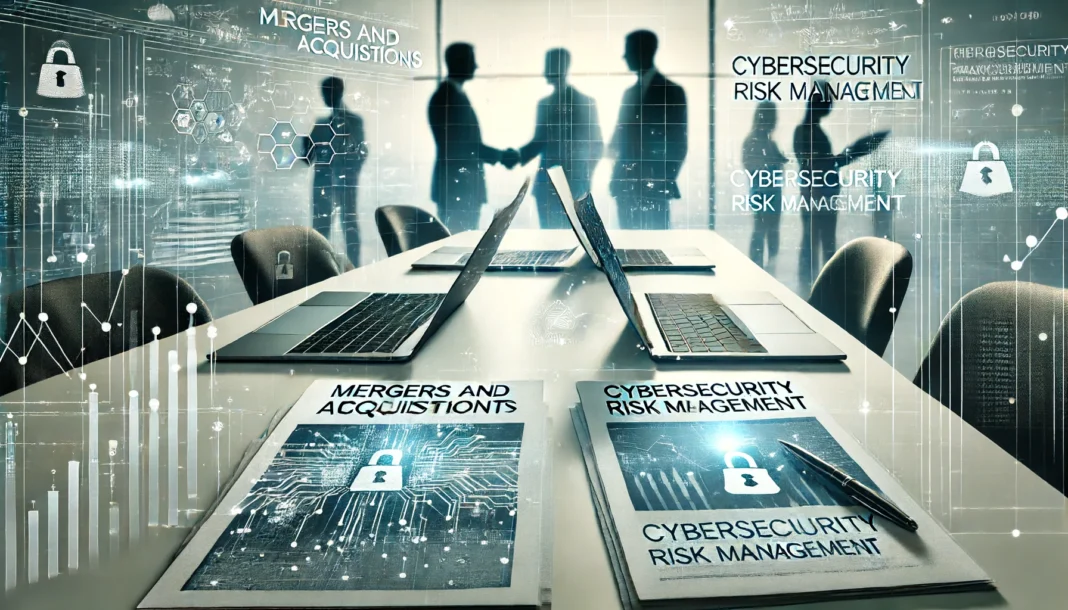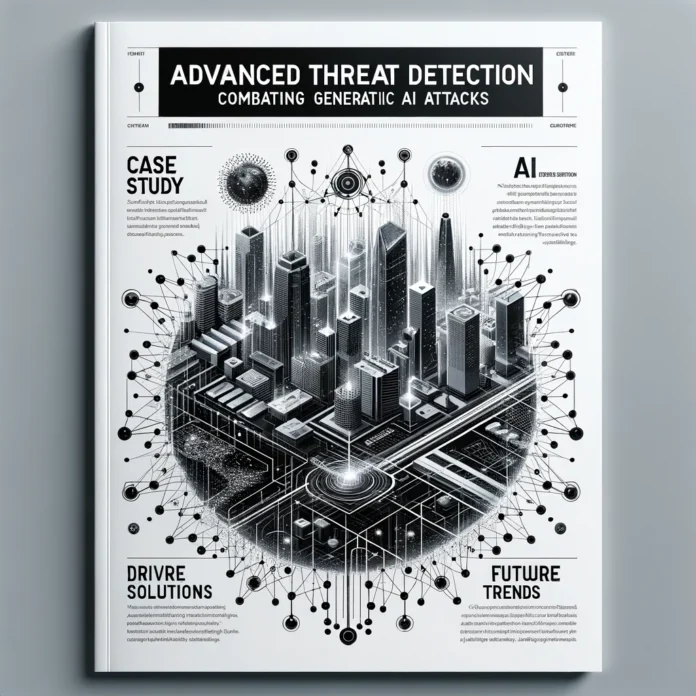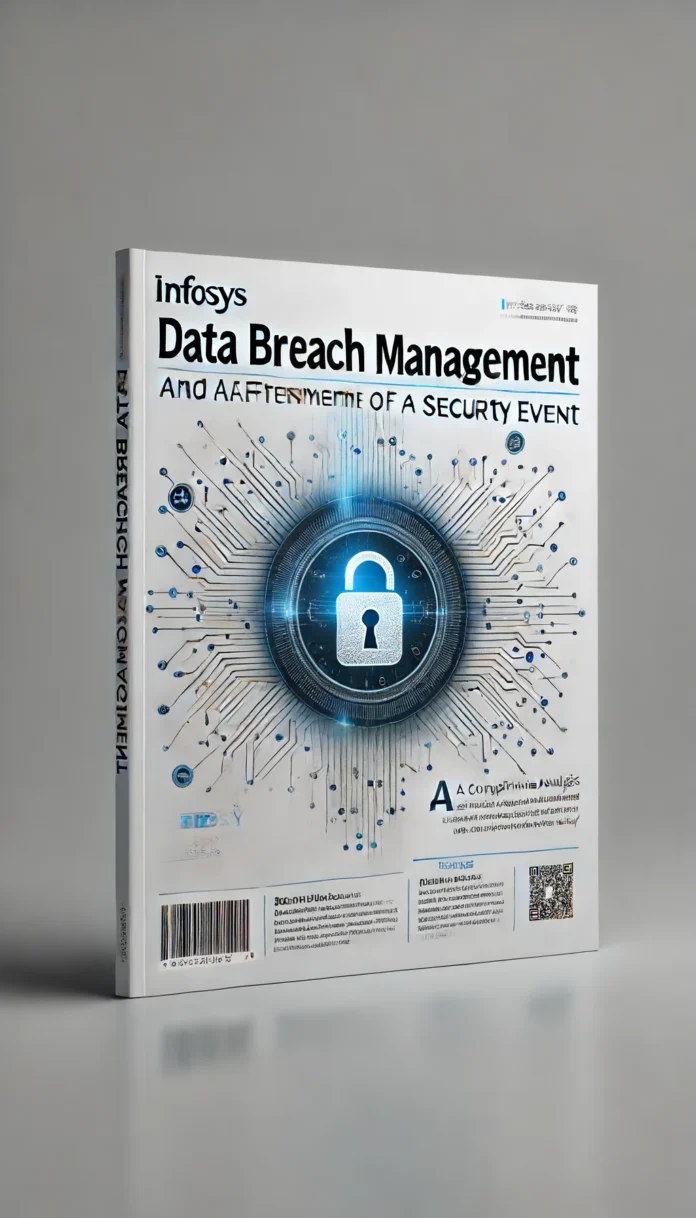Mergers and acquisitions (M&A) are pivotal moments for businesses, bringing opportunities for growth, innovation, and market expansion. However, they also come with substantial risks, particularly in the realm of cybersecurity. Ensuring robust cyber risk management during these transitions is crucial to safeguarding both entities involved. In this article, we will explore the critical role of cyber risk management during M&A activities, highlighting potential risks and effective strategies to mitigate them. This information is particularly relevant to business leaders, IT professionals, and cybersecurity experts seeking to navigate the complexities of M&A with a focus on security and stability.
Understanding the Importance of Cyber Risk Management in M&A
Emotional Intelligence Problem Statement
Imagine acquiring a company only to find out a month later that a significant data breach has occurred, compromising sensitive information and damaging both companies’ reputations. This nightmare scenario is why effective cyber risk management is essential during M&A transitions. As businesses seek to integrate systems, data, and operations, they must also address the heightened cyber risks that accompany these processes.
Why is Cyber Risk Management Critical?
- Data Integration Risks: Combining IT systems from two different organizations often involves integrating vast amounts of sensitive data, increasing the potential for data breaches and leaks.
- Vulnerability Exploitation: Mergers and acquisitions can expose previously unknown vulnerabilities as systems are connected and aligned.
- Cultural and Procedural Differences: Different cybersecurity cultures and practices between merging companies can lead to inconsistencies and security gaps.
- Increased Attack Surface: The expanded IT environment provides a larger attack surface for cybercriminals to exploit during the transition period.
Potential Risks During M&A
- Data Breaches: Unauthorized access to sensitive information during the integration process can lead to significant financial and reputational damage.
- Malware Infections: Introducing new systems and networks can inadvertently bring in malware from either entity, compromising the entire infrastructure.
- Insider Threats: Employees with malicious intent or those disgruntled by the M&A process may exploit their access to sensitive information.
- Regulatory Compliance Issues: Failure to adhere to cybersecurity regulations and standards during the transition can result in legal penalties and loss of trust.
Strategies for Effective Cyber Risk Management
Comprehensive Cybersecurity Due Diligence
Conduct thorough cybersecurity due diligence before finalizing any M&A deal. This involves:
- Assessing Cybersecurity Posture: Evaluate the cybersecurity measures and protocols of the target company.
- Identifying Vulnerabilities: Conduct vulnerability assessments and penetration testing to identify potential weaknesses.
- Reviewing Incident History: Analyze past cybersecurity incidents to understand the target company’s risk landscape.
Integration Planning and Execution
Develop a detailed integration plan that prioritizes cybersecurity. Key steps include:
- Unified Cybersecurity Framework: Establish a common cybersecurity framework that both companies can adhere to during and after the transition.
- Data Encryption and Protection: Ensure all data transfers are encrypted and protected using industry best practices.
- Access Control and Management: Implement strict access controls to ensure that only authorized personnel have access to sensitive data and systems.
Continuous Monitoring and Response
Maintain vigilant monitoring and quick response capabilities throughout the M&A process:
- Real-Time Threat Detection: Utilize advanced threat detection systems to monitor for unusual activities.
- Incident Response Plans: Have a robust incident response plan in place to address any security breaches promptly.
- Regular Audits and Assessments: Conduct regular security audits and assessments to ensure ongoing compliance and risk mitigation.
Employee Training and Awareness
Educate employees on the importance of cybersecurity during M&A:
- Training Programs: Implement comprehensive training programs to raise awareness about potential cyber threats.
- Phishing Simulations: Conduct regular phishing simulations to test and improve employees’ ability to recognize and report phishing attempts.
- Communication Channels: Establish clear communication channels for reporting suspicious activities and incidents.
Supporting Statistical Data
- Increased Cyber Attacks During M&A: According to a report by Deloitte, 40% of companies involved in M&A activities experienced an increase in cyber threats during the transition period.
- Cost of Data Breaches: IBM’s 2023 Cost of a Data Breach Report highlights that the average cost of a data breach is $4.45 million, emphasizing the financial risks associated with inadequate cyber risk management.
- Employee Awareness: A study by the Ponemon Institute found that 56% of data breaches are attributed to insider threats, underscoring the need for effective employee training during M&A transitions.
Conclusion
Ensuring robust cyber risk management during mergers and acquisitions is not just a technical necessity but a strategic imperative. By conducting comprehensive due diligence, developing a unified cybersecurity framework, maintaining continuous monitoring, and educating employees, businesses can mitigate the heightened cyber risks associated with M&A. This proactive approach not only protects sensitive data and systems but also fosters trust and confidence among stakeholders, paving the way for a successful and secure transition.





